✖ LA LA LAND (2016) ┕ ❝ People Love What Other People Are Passionate About. ❞ ┚










✖ LA LA LAND (2016) ┕ ❝ People love what other people are passionate about. ❞ ┚
More Posts from Takodanakin and Others
day 17
someone led by hate, another with greed. let to a great debate, hungry with need. the two soon find that they are fooled. their previous mind, had fallen to be ruled.

day 4
the cliff sides make way a ledge with a troubled one one single step down
Beethoven - Symphony no. 9 in d minor
The symphony to end all symphonies. Or at least, that was the general view shortly after its premiere. The towering name of Beethoven and this immortal work made a lot of composers feel that it was the pinnacle of the form. At least in that way it inspired new models for expression. The 9th [and this particular 9th symphony is so famous, it goes by this nickname] is an accumulation of Beethoven’s symphonic writing, starting out with one tone, the work builds out from silence. The first movement is a constant flow of drama, full of strange dissonances. The second movement is a stormy scherzo with a typical lighter section to contrast it. The third movement is a smoother set of loose variations. The fourth movement, the one most talked about, is a bizarre “symphony-within-a-symphony”, and can be divided into it’s own “four movements”: a) Slow introduction with theme and variations, b) a “Turkish March” begining with the words “Froh, wie seine Sonnen fliegen”, c) a meditation starting with “Seid umschlungen, Millionen!”, and d) a fugato finale built out of themes from the first and second movements. With this structure in mind, it’s important to point out that, throughout Beethoven’s career, he changed the way how multi movement music was thought of. Instead of a short set of movements in related keys, these pieces had movements that were integral to each other, balancing each other out, necessary to the work. Here, he thematically unifies all the movements by tying them together with the last movement. And of course, what makes this piece famous, there is the chorus. After shocking and thunderous dissonances, we hear a voice, “Oh friends, not these tones!” a call for harmony and brother/sisterhood. A hymn to mankind, an ode to joy. The famous Ode to Joy melody had been with Beethoven for a long time. The earliest sketch of the shape of the melody was found written around the same time as his third symphony was being written. And the earliest version of this melody was used in his Choral Fantasy. It was a successful premiere, despite how underrehearsed the orchestra was. If Beethoven saw himself as Prometheus, liberating mankind with a new musical language, this symphony is a testament of his achievement.
Movements:
1. Allegro ma non troppo
2. Scherzo: Molto vivace
3. Adagio molto e cantabile
4. Reactive…








lit covers | The Great Gatsby
“Angry, and half in love with her, and tremendously sorry, I turned away.”
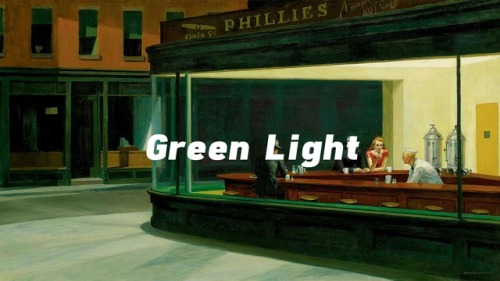

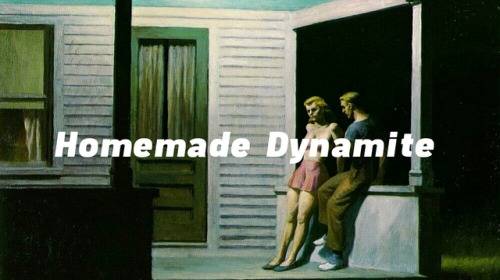
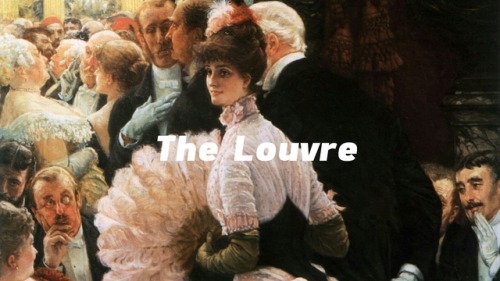
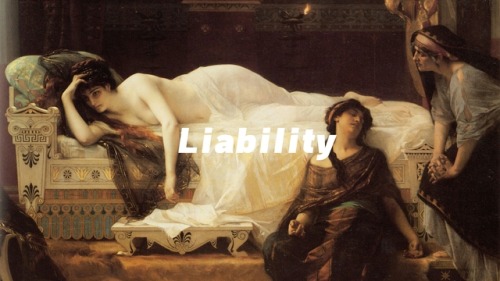
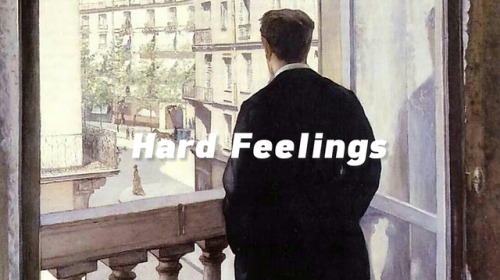
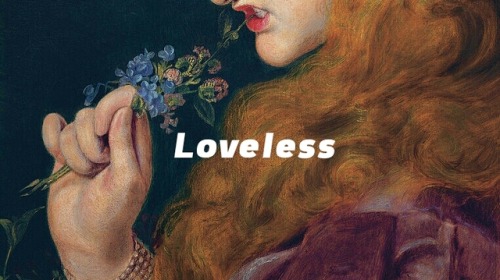
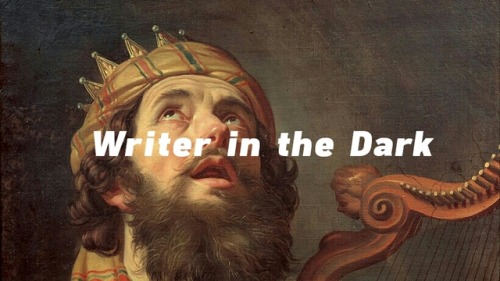
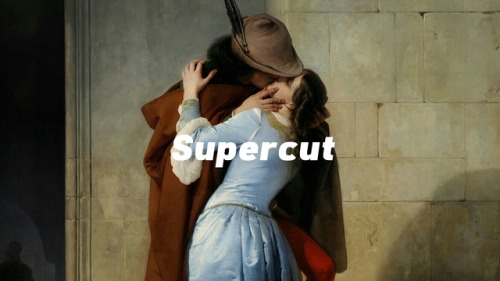

Melodrama /// Paintings

Century
15th
16th
17th
18th
19th
20th
Art movement
academic art
art nouveau
baroque
classicism
cubism
dadaism
expressionism
fauvism
impressionism
neo-classicism
post-impressionism
pre-raphaelism
primitivism
realism
renaissance
rococo
romanticism
surrealism
symbolism
ukiyo-e
Continent
asia
europe
latin america
middle east
oceania
us & canada
Themes and motifs
animals
architecture
biblical figures
fantasy
greek myth
historical figures
interiors
landscapes
literary characters
mythology
nature
norse myth
portraits
roman myth
society/people
the moon
the sea/ocean
the sky
urban/cityscapes
war
Genre
abstract
animal painting
cityscape
genre painting
history painting
landscape
portrait
seascape
self-portrait
still life








Welcome to the sound of Pretty. Odd.

Blue Jeans - Lana Del Rey


// t h e 1 9 7 5 //
-
 jmk17 reblogged this · 3 years ago
jmk17 reblogged this · 3 years ago -
 au-love reblogged this · 7 years ago
au-love reblogged this · 7 years ago -
 therudemustbeeaten reblogged this · 7 years ago
therudemustbeeaten reblogged this · 7 years ago -
 daanrd liked this · 7 years ago
daanrd liked this · 7 years ago -
 redcatherine liked this · 7 years ago
redcatherine liked this · 7 years ago -
 flaviaseuphoricmisery liked this · 7 years ago
flaviaseuphoricmisery liked this · 7 years ago -
 wintersnixon reblogged this · 8 years ago
wintersnixon reblogged this · 8 years ago -
 roosebaldton reblogged this · 8 years ago
roosebaldton reblogged this · 8 years ago -
 rizafujizare reblogged this · 8 years ago
rizafujizare reblogged this · 8 years ago -
 hotgiirl reblogged this · 8 years ago
hotgiirl reblogged this · 8 years ago -
 magicalmysterytour13 reblogged this · 8 years ago
magicalmysterytour13 reblogged this · 8 years ago -
 minyoung0903 liked this · 8 years ago
minyoung0903 liked this · 8 years ago -
 bklynsawme reblogged this · 8 years ago
bklynsawme reblogged this · 8 years ago -
 wonderfulworldofoz reblogged this · 8 years ago
wonderfulworldofoz reblogged this · 8 years ago -
 omits-life reblogged this · 8 years ago
omits-life reblogged this · 8 years ago -
 star-human liked this · 8 years ago
star-human liked this · 8 years ago -
 commanderlewismelissa liked this · 8 years ago
commanderlewismelissa liked this · 8 years ago -
 csgrier liked this · 8 years ago
csgrier liked this · 8 years ago -
 thorns-of-a-soul liked this · 8 years ago
thorns-of-a-soul liked this · 8 years ago -
 lavenderbard liked this · 8 years ago
lavenderbard liked this · 8 years ago -
 takodanakin liked this · 8 years ago
takodanakin liked this · 8 years ago -
 takodanakin reblogged this · 8 years ago
takodanakin reblogged this · 8 years ago -
 anarchymydear reblogged this · 8 years ago
anarchymydear reblogged this · 8 years ago -
 poshvargas reblogged this · 8 years ago
poshvargas reblogged this · 8 years ago -
 satanfeltmyworld liked this · 8 years ago
satanfeltmyworld liked this · 8 years ago -
 hersse liked this · 8 years ago
hersse liked this · 8 years ago -
 evermore-all-i-know liked this · 8 years ago
evermore-all-i-know liked this · 8 years ago -
 melsbels liked this · 8 years ago
melsbels liked this · 8 years ago -
 stunningbitterness liked this · 8 years ago
stunningbitterness liked this · 8 years ago -
 thuglife-puglife reblogged this · 8 years ago
thuglife-puglife reblogged this · 8 years ago -
 thuglife-puglife liked this · 8 years ago
thuglife-puglife liked this · 8 years ago -
 fallenstarsandfiredemons liked this · 8 years ago
fallenstarsandfiredemons liked this · 8 years ago -
 happinessisblooming reblogged this · 8 years ago
happinessisblooming reblogged this · 8 years ago -
 leafshower reblogged this · 8 years ago
leafshower reblogged this · 8 years ago
